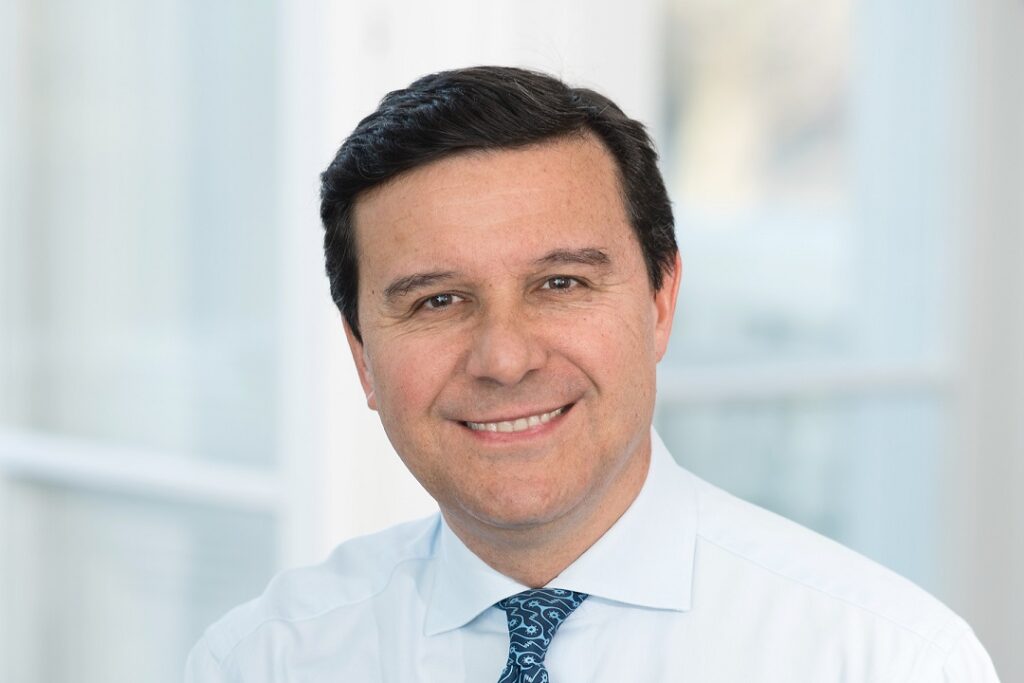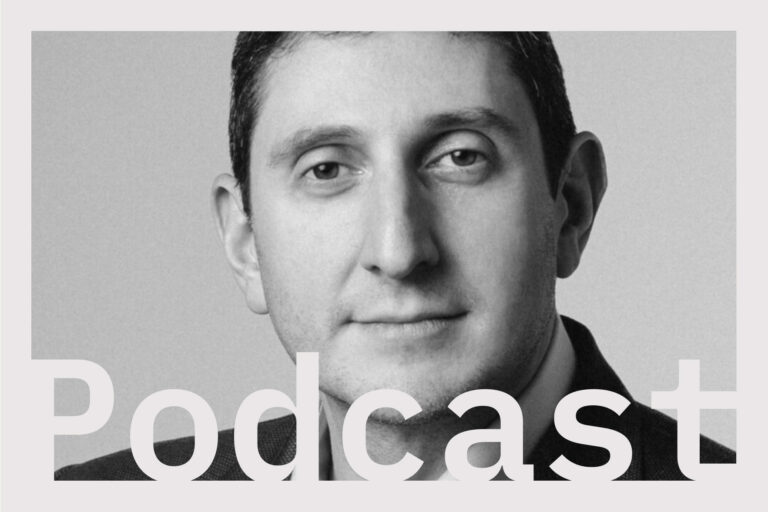
IT and technology are now hot topics in the boardrooms of most forward-thinking organisations.
According to a recent study from Gartner, only growth is above IT in its rank of strategic priorities for CEOs. The likes of corporate structure, finance and people – both the workforce and customers – fell below technology in the eyes of business leaders.
Four hundred and seventy-three CEOs, from leading organisations in a multitude of industries, were involved in ‘The 2019 CEO and Senior Business Executive Survey’. Eighty-two percent of respondents revealed that they had a management initiative or transformation programme underway to make their companies more digital.
This sharp rise in CEOs grabbing the initiative is just another sign of the fast-growing trend for technology among the corporate elite. But how do CEOs ensure that the digital strategies they ultimately sanction are setting their companies on the right path?
Emanuele Angelidis (pictured) is a prolific investor in technology companies across Europe and was the co-founder of FastWeb, an Italian telecommunications startup eventually sold to Swisscom for €4 billion in 2010. Angelidis regularly offers advice on digital adoption to CEOs and he emphasises the importance of an ambitious mindset.
“You can either have an offensive strategy or a defensive one,” he tells Digital Bulletin. “You can defend the current business you have, or you can have a more offensive approach by saying that you have a business now – but what is happening in five years time? The right approach is the second one because it’s inevitable that technologies are going to have an impact on businesses, internally and externally.”

The essential thread of an offensive digital strategy is innovation. At FastWeb, Angelidis and his colleagues disrupted the crowded telecoms market by offering cutting-edge services – including 10MB broadband and a video-on-demand capability – before its more established industry rivals.
Decision-makers in every sector, not just telecoms, must take a similarly dynamic approach to technology according to Angelidis. He believes the ability to approach a subject or problem from a fresh angle can keep you ahead of the curve.
“I’ve learned a lot of things but I would say one of the most important is, when you approach a problem, you have to try and think in a different way,” he says. “If you want to compete in the technology market and be a winner, you have to address the issues in a different way. You have to think creatively and outside of the box, that’s something very important.
“Many people are scared of things that are changing because people are used to things, so every time there is something new that is disrupting their day-to-day lives, they are scared about it. In my opinion, we have to do exactly the opposite. We have to follow – or even change again.”
At a surface level, coverage of enterprise technology might be daunting to a CEO accustomed to dealing with more conventional matters like organisational structure and long-term goals. Introducing complex proposals that involve artificial intelligence (AI) or advanced data analytics, for example, could be off-putting to the curious yet traditionally-minded business leader.
Today, there is still disparity between headline-dominating projections built around the likes of blockchain and the technology use cases actually driving positive change within companies. Making this distinction is absolutely critical for success, says Angelidis.
“I think what really makes the difference is immediately understanding what the real impact is of the technology that you are considering every time,” he explains. “If the technology, and most importantly the application of that technology, is going to provide a real benefit to the consumers or business, this is what really makes the difference. This is what really separates what is an important technology and what is not.
“A second element is the size of the market that they are investing in. Obviously it’s very important that those markets are big and growing fast.”
Right now, for example, in IoT you need new business models. If CEOs are not looking at that and not seeking these opportunities, then in three to five years time they might find out that they are out of the game
Customer satisfaction should always be the overriding motivation for adoption, Angelidis adds: “In the end, you control a lot with the technology but if the outcome in terms of service providing to the consumers is not good in terms of the quality of the experience, then in the end you will fail.
“What is important is to not only focus on the technology but also really understand what is the implication of leveraging technology when it comes to the service that you deliver to consumers and business customers. The effectiveness and the efficiency of the service has to be the key priority for CEOs thinking about new technologies.”
Angelidis is currently applying his knowledge and experience in the Internet of Things (IoT) space with Breed Reply, an offshoot of the digital services provider Reply. Founded in 2014, Breed Reply invests in IoT startups and currently works with 22 portfolio companies in Europe and the United States.
IoT is yet another umbrella technology at the forefront of CEOs’ thoughts, with leaders drawn in by the lure of new data insights and groundbreaking efficiency gains. The global IoT market was worth $130 billion in 2018 but that figure is set to accelerate rapidly over the next decade. Angelidis concurs that the enterprise world is only now at the beginning of its journey with IoT.
“Every time you have a technological revolution, the following one is bigger,” he says. “We’ve gone from computers to mobile with the Internet, and now to IoT. Just to give you an idea, mobile is something that you can think about in terms of billions of units, but when you think about IoT, you can think about tens of billions of units.
“I spent a lot of time in my career in the telecoms space. We all know how mobile has been disrupting in our lives, and IoT is clearly the new, big opportunity, and that is why we’ve focused on IoT.”
Breed Reply doesn’t just deliver funding to early-stage IoT companies – it also provides bespoke operational support services for 12 months to help those organisations scale. Venture capitalists and strategic investors have also supported Breed Reply, with a total of 35 co-investors across its key projects.
Sectors where Breed Reply has focused its investment include healthcare, smart cities, industry and cybersecurity.
“Right now, we are really seeing the impact of IoT in three main sectors,” he expands. “One is manufacturing, because with IoT, manufacturing costs improve and the quality of the final solution is improved. The second one is smart energy; you can see a lot of benefits coming from IoT solutions in the energy space. Companies can be much more efficient and they can use part of this efficiency to either improve their solutions or increase their profits. Then the third one cybersecurity.
“Over the next couple of years, we’ll mainly see applications in the healthcare industry and the smart cities area grow. As a result of these applications, most consumers and individuals will be aware of what IoT is as they will have seen the benefits of IoT.”
Angelidis foresees a very different business landscape in the future, where hitherto blue-sky technologies like IoT will combine with further advances around AI and data to create wholly different practices that will impact every employee and customer.
“Technology now is very pervasive and, most importantly, we see that technology is growing very fast,” he concludes. “Right now, for example, in IoT, you need new business models. If CEOs are not looking at that and not seeking these opportunities, then in three to five years time they might find out that they are out of the game because their business model is no longer viable, or at least their business model will be behind in a very competitive arena.
“I think it’s very important that CEOs can see the new technology opportunities and seek to learn as much as possible about the impact of technology on their industries.”


